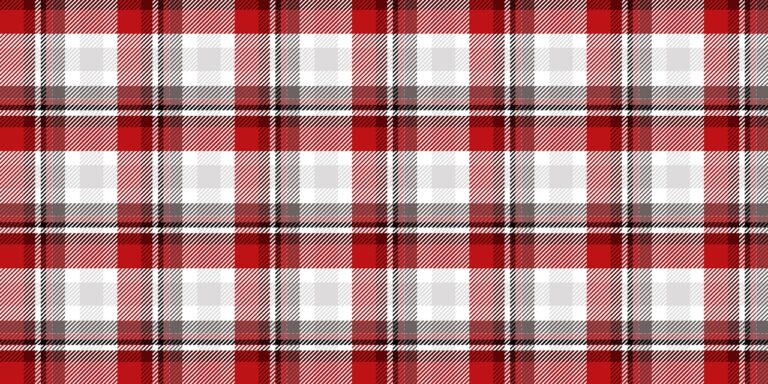The Business of Luxury: Analyzing the Resale Market for Designer Goods
Luxury fashion brands have undergone a significant transformation over the years, adapting to the changing consumer preferences and global market dynamics. These brands have shifted from a traditional focus on exclusivity and high prices to a more inclusive and diverse approach, embracing sustainability and ethical practices. This evolution has been driven by the increasing demand for transparency and authenticity from consumers, who are now more informed and conscious about the impact of their purchases on the environment and society.
Moreover, luxury fashion brands have also expanded their reach through digital platforms and social media, connecting with a broader audience and engaging with customers in innovative ways. With the rise of e-commerce and online marketing, these brands have been able to create immersive and interactive experiences for their customers, blurring the lines between physical and virtual retail spaces. This evolution in the luxury fashion industry has not only transformed the way brands operate and communicate but has also paved the way for a more sustainable and inclusive future for the sector.
The Rise of the Resale Market
The resale market for luxury fashion continues to grow at a rapid pace, driven by shifting consumer attitudes towards sustainability and individuality. A notable trend in recent years is the increasing preference for pre-owned designer goods among fashion-conscious consumers looking to own unique pieces at a fraction of the original price. With the rise of social media influencers promoting sustainable fashion practices, there has been a surge in awareness and interest in buying second-hand luxury items.
Not only does the resale market offer consumers the opportunity to access coveted designer pieces at more affordable prices, but it also aligns with the growing emphasis on reducing fashion’s environmental impact. By purchasing pre-owned goods, shoppers are contributing to the circular economy and extending the lifespan of high-quality garments, thereby reducing waste and promoting a more sustainable approach to fashion consumption. As a result, luxury fashion brands are beginning to acknowledge and even capitalize on the resale market by partnering with online platforms or establishing their resale services, catering to the evolving preferences of modern consumers.
Factors Driving Demand for Pre-Owned Designer Goods
In today’s fashion landscape, the allure of pre-owned designer goods has skyrocketed, fueled by a combination of economic and environmental factors. With luxury fashion brands constantly releasing new collections at exorbitant prices, consumers are turning to pre-owned items as a more affordable way to access high-end labels. The resale market offers a chance for fashion enthusiasts to own coveted designer pieces at a fraction of the original cost, making luxury fashion more attainable for a broader audience.
Furthermore, the growing emphasis on sustainability and conscious consumerism has propelled the demand for pre-owned designer goods. As consumers become more aware of the environmental impact of fast fashion and mass production, they are seeking ways to reduce waste and minimize their carbon footprint. Opting for pre-owned designer items not only allows individuals to indulge in luxury fashion but also aligns with their values of sustainability and ethical consumption.
Why are luxury fashion brands becoming more popular?
Luxury fashion brands have evolved over time to cater to changing consumer tastes and preferences, offering a combination of quality, exclusivity, and aspirational value.
What is the resale market and why is it growing?
The resale market refers to the buying and selling of pre-owned designer goods. It is growing due to increasing awareness of sustainability, desire for unique pieces, and affordability of luxury items.
What factors are driving the demand for pre-owned designer goods?
Factors driving demand for pre-owned designer goods include the desire for sustainable fashion choices, the ability to access luxury brands at a lower price point, and the appeal of owning unique and rare pieces.







